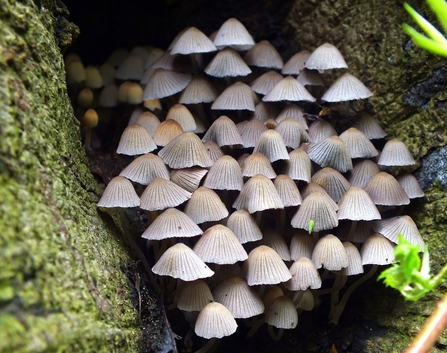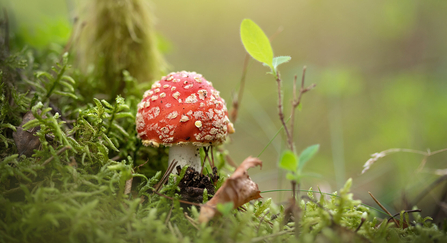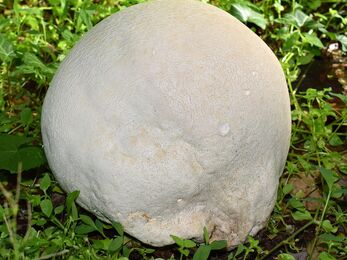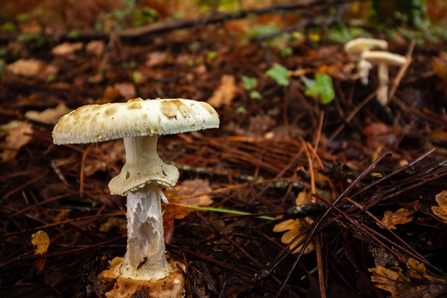I could start this blog with a clichéd phrase such as “the fabulous world of fungi” or "the magical world of mushrooms". But I prefer to call it the immersive and often quite addictive world of fungi. It’s easy to fall down a rabbit hole, both literally and metaphorically, once you gain an interest in the world of mycology, the study of fungi. It's around this time of year that we suddenly become very aware of the presence of fungi, as autumn, particularly October, is peak fungi season. With many of the summer fungi still hanging on and the huge range of autumnal fungi making an appearance. When in fact, Fungi are all around us throughout the year, they are just not as obvious.
The mushroom we see is just the fruiting body of the fungus itself, an organ to spread spores, which are made at certain times of the year when the climatic conditions are just right. The vast majority of the fungi itself is within substrate or soil in the form of a complex network of hyphae (minute tentacles-like strands, seeking out new sources of nutrition). These individual hyphae create a mat of fungal strands known as mycelium.








